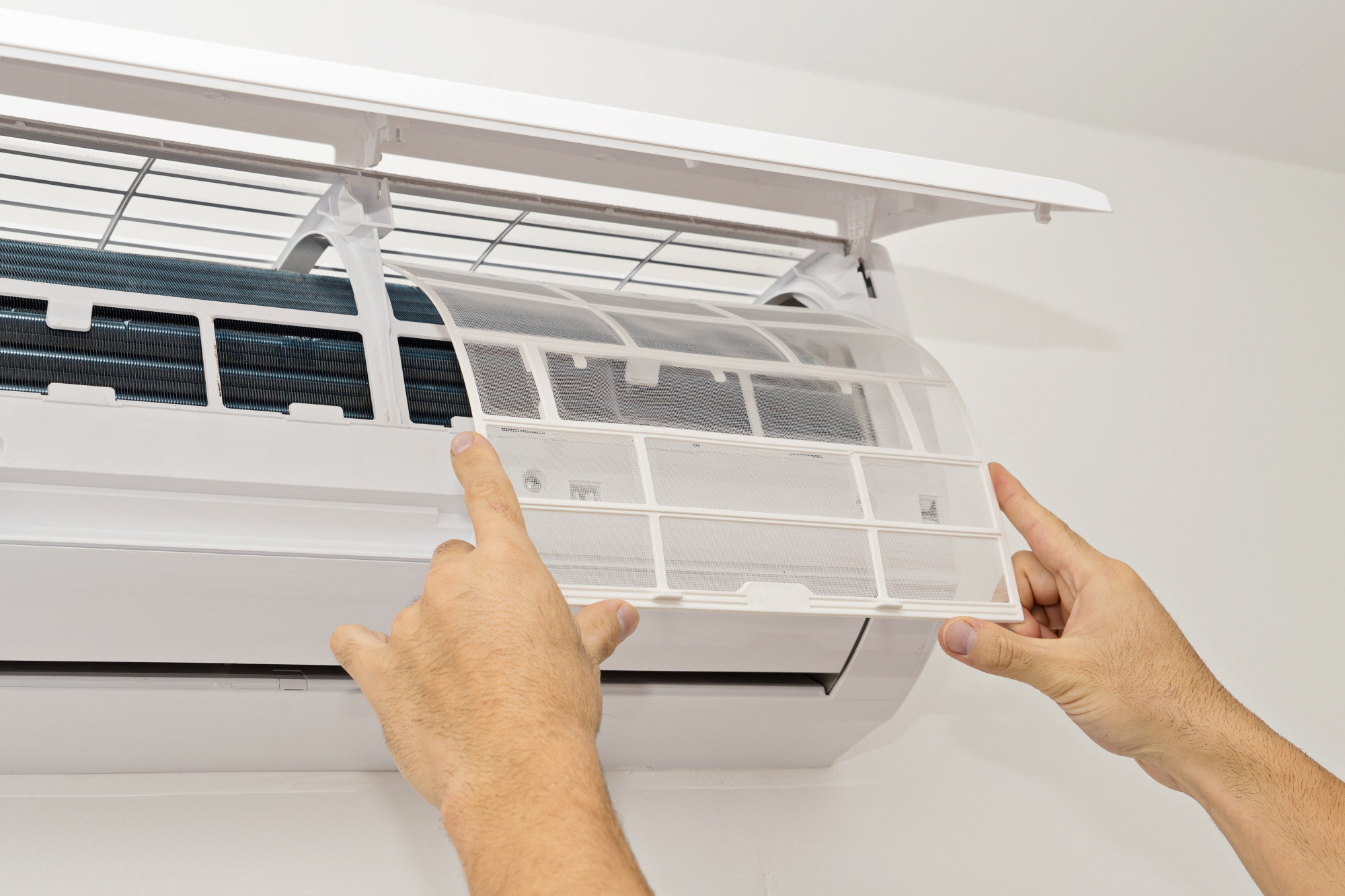A Global Burden of Disease study found that indoor air pollution causes 4 times as many deaths as homicides. It’s the leading cause of death for low-income households.
Three percent of all diseases are the result of indoor air pollution. Those with allergies or lung conditions like asthma are especially at risk.
Taking care of your family’s health means knowing how to reduce air pollution.
Read our guide to understand the importance of good air quality and 7 ways to reduce air pollution in your home.
1. Reduce Allergens and Moisture Levels
Outside allergens like pollen, pet dander, and dust mites can make their way into your home.
Installing an air filter is one of the best options. These affordable appliances can suck up 70-95% of the allergens in your home.
Mold is a disgusting nuisance and a serious health risk. It causes coughs, colds, fungal infections, and other health issues. It thrives in damp environments and increases indoor air pollution.
Dehumidifiers and high-quality AC systems help reduce moisture and improve your overall indoor air quality.
Check here for more on AC allergies.
2. Monitor Levels of Toxic Gases
When radioactive radium disintegrates, it turns into radon. At high levels, it can cause birth defects and lower IQ.
Carbon dioxide is another toxic gas that decreases your indoor air quality. Make sure to check for it and ventilate fireplaces and gas stoves.
Testing for toxic gases is an easy, important way to improve your health. Buy a monitor to check the levels in your home or have a professional do it for you.
3. Ventilate
Ventilation leads to better air exchange, reducing indoor air pollution. Opening a window can help, but you must consider how air flows throughout your entire home.
Improperly ventilated gas stoves expose you to nitrogen dioxide, carbon monoxide, formaldehyde, and other toxic gases. Poorly ventilated old homes can also increase radon levels.
Add exhaust fans in the kitchen, bathroom, and other heavily used rooms to ventilate them and increase your indoor air quality. They reduce food-related pollutants by 10 to 100%.
4. Don’t Smoke or Burn
Secondhand smoke causes 3,000 lung cancer deaths every year in non-smokers. Your habit may be affecting your family and the indoor air quality of your home.
Chemicals and smoke from cigarettes settle in your carpet and furniture. This leads to a phenomenon known as third-hand smoke where the toxins are re-released into the air for anyone to inhale.
Other flames and smoke can be harmful as well. Fireplaces release soot, smoke, ash, and other pollutants. If you must use one, make sure the flue damper is open.
5. Keep Clean, But Choose Cleaning Products Carefully
One common source of poor air quality is dirt and contaminants that remain on surfaces and circulate back into the air. Regular dusting, cleaning, and vacuuming helps wipe them away.
Many cleaning products contain harmful chemicals that increase indoor air pollution. 20% of Americans also say they’ve had health problems from using indoor air fresheners. Try to use natural and/or homemade products whenever you can.
Where to Find Products That Prevent Indoor Air Pollution
Indoor air pollution is a serious health risk. Prevention is the best way to keep it from negatively affecting your family.
Practice regular cleaning, testing, and ventilation. Find and install the best air purifiers, natural cleaners, exhaust fans, and gas monitors.
Many AC systems spread contaminants around, but our products don’t. We’re here to help you prevent indoor air pollution.
Check out our air conditioning services and contact us today for more information.


